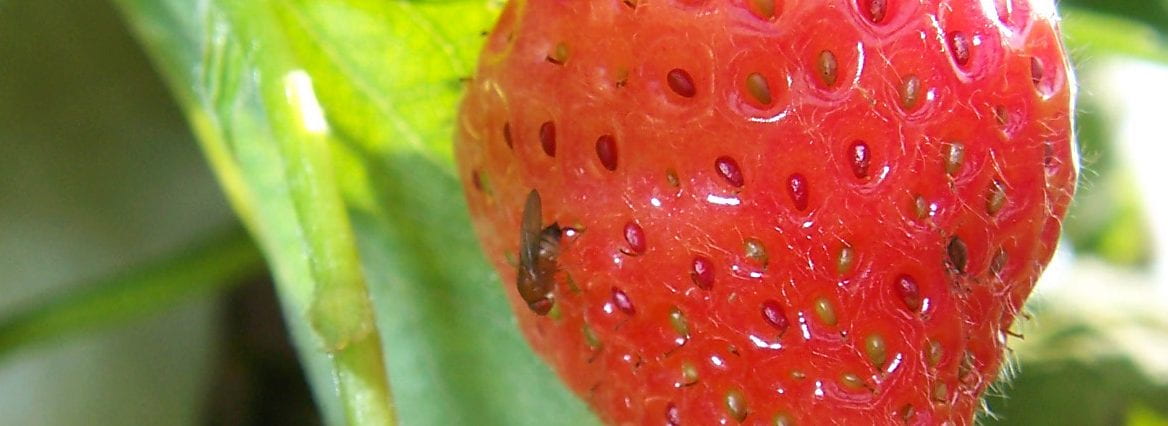We’d love to hear from you to learn what you think about the SWD blog and its value to your operation and work. The Cornell SWD blog delivers trap catch information generated by the monitoring network. Several counties are now at sustained trap catch. We need your input on the usefulness of the SWD blog posts.
Please take a few minutes to complete our Value of the SWD blog Qualtrics survey about the SWD blog. This will help us improve our information delivery! Here is the direct url to the survey.
https://cornell.ca1.qualtrics.com/jfe/form/SV_3IOcXAL2ysRBSBM
Thank you for providing your perspectives on the usefulness of the SWD blog posts. Wishing you a successful growing season!


Pease inform us about " Natural Predators" for SWD .
What is available other than spraying crops ?
CAN we buy the red sticky traps to hang on bushes ?
Thanks , Bonnie Yannie
Perkinsvile , Steuben Cty.
( blueberries)
Yes, you can purchase red sticky traps, from Great Lakes IPM. Check for more information on this blog, https://blogs.cornell.edu/swd1/2022/02/08/red-sticky-card-traps-for-swd-monitoring/. Natural predators are being developed against SWD, by the Sustainable SWD Management national research team. In New York, Dr. Greg Loeb, berry entomologist, is collaborating with this work.
As a home gardener, I have found the best SWD predator for raspberries and blueberries to be the beneficial nematode Steinernema feltiae. This predator is commercially available at a cost of less than $100 per acre and is easily applied to growing beds. Just mix in water and apply by drench - no equipment or chemicals required. The nematode feeds and reproduces on SWD larvae in the ground - a biological Attract & Kill which doesn't require chemicals or annual reapplications. And it can drastically reduce SWD populations in less than a month.